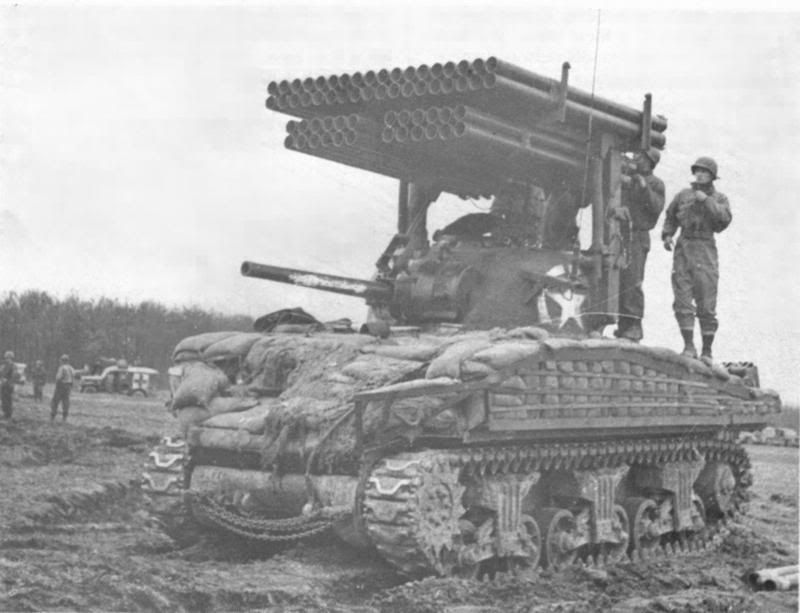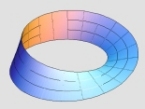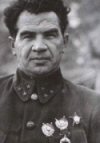Yoozername
Posts: 1121
Joined: 3/4/2006
Status: offline

|
I would like to expand on the low power of the 76mm F-34 gun. This was probably the most common threat to a StuGIII 'long' during the years in question. Examine the following 'Rexford' data:
quote:
During WW II, German tank effectiveness was due in large part to the superior effectiveness of the ammunition, which is related to nose hardness considerations.
British tests against homogeneous armor at 610 m/s impact velocity, which are documented in Miles Krogfus' AFV News article, resulted in:
102mm penetration for German 75mm APCBC
90mm penetration for U.S. 76mm APCBC
75mm penetration for Russian 76mm APBC
U.S. penetration tests for Sherman 75mm indicate 89mm penetration at 610 m/s.
It's quite remarkable that this data can isolate one specific parameter, nose-hardness, and nominalize the other parameters. Given the near-equal mass of these AP rounds, and the velocity being held constant...and velocity being the squared term in the energy formula...the following statement can be made:
Even though the kinetic energy of these near-same-diameter and mass rounds is held constant, there is a glaring differential in the penetration performance against like-armor.
It's damning evidence against the soviet projectile as far as its main purpose. Note that the test is using RHA armor. Pretty standard. But the German AFV were sporting face-hardened armor at the time.
Edit: the reader should be aware that to have the velocity constant, each of these weapons would have to be at different ranges. The only thing monitored is the impact velocity at the target, in other words. So, perhaps the F-34 gun was at 200 meters...the German L48 gun was at 1000 meters or something like that.
< Message edited by Yoozername -- 12/28/2010 1:28:16 AM >
|
 Printable Version
Printable Version





















 New Messages
New Messages No New Messages
No New Messages Hot Topic w/ New Messages
Hot Topic w/ New Messages Hot Topic w/o New Messages
Hot Topic w/o New Messages Locked w/ New Messages
Locked w/ New Messages Locked w/o New Messages
Locked w/o New Messages Post New Thread
Post New Thread